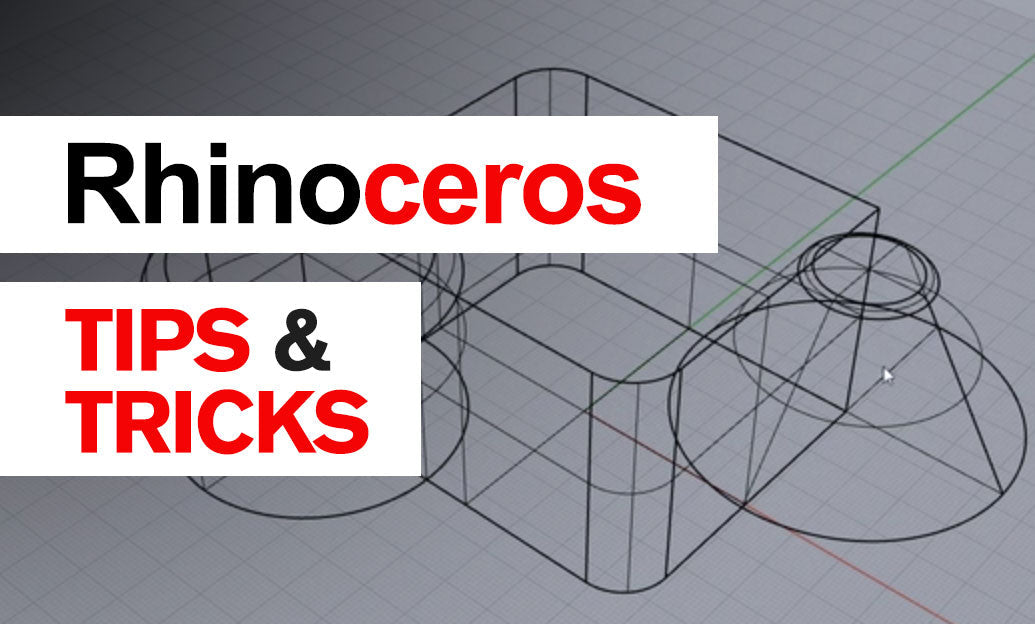Your Cart is Empty
Revit Families are fundamental components of Autodesk's Revit platform and are essential for creating models in architecture, engineering, and construction projects. Gaining an understanding of how to work with Revit Families can significantly enhance your productivity and the quality of your designs. Here are the key points to get you started:
- Definition: A Family in Revit is a collection of elements with a common set of properties, called parameters, and a related graphical representation. Think of Families as the building blocks of your Revit model.
-
Types of Families:
- System Families: Built-in Families that you cannot create or modify in external files, such as walls, floors, and roofs.
- Loadable Families: Customizable components that are created in external files and can be loaded into a project, like furniture and equipment.
- In-Place Families: Custom elements specific to a project, useful for unique design elements.
- Creating and Editing: Loadable Families are created and edited in the Family Editor interface, where you can define shapes, sizes, and any adjustable features.
- Parameters: Parameters control family properties, such as dimensions and materials. You can create families with adjustable parameters for greater flexibility in your projects.
-
Best Practices:
- Organize and name Families clearly to make them easy to find and use.
- Use shared parameters for consistency across Families and projects.
- Keep Families as simple as possible to reduce file sizes and improve performance.
- Test Families in a separate file before loading into your project to ensure they work correctly.
- Utilizing Families: You can access Families through the Project Browser, and you can place them in your model by selecting from the Type Selector dropdown.
Revit Families are a powerful feature that, when mastered, can significantly expedite the modeling process. For an extensive selection of Revit resources and tools, be sure to visit NOVEDGE, the leading online software store for design professionals.






